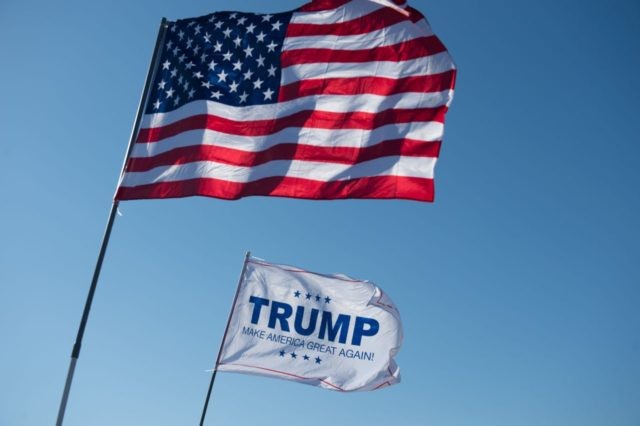The first year of President Donald Trump’s administration produced the strongest level of confidence in America’s small business owners on record.
The NFIB Index of Small Business Optimism came in at 104.9 for December, slightly lower than the near-record November reading but still an indicator of high levels of confidence in the economy. With the December number released Tuesday, the full year 2017 is now officially the strongest year ever in the nearly halft-century history of the survey.
“2017 was the most remarkable year in the 45-year history of the NFIB Optimism Index,” said NFIB President and CEO Juanita Duggan. “With a massive tax cut this year, accompanied by significant regulatory relief, we expect very strong growth, millions more jobs, and higher pay for Americans.”
Small business confidence soared following the election of 2016 and has remained in the “stratosphere” ever since, the NFIB said in a statement.
“We’ve been doing this research for nearly half a century, longer than anyone else, and I’ve never seen anything like 2017,” said NFIB Chief Economist Bill Dunkelberg. “The 2016 election was like a dam breaking. Small business owners were waiting for better policies from Washington, suddenly they got them, and the engine of the economy roared back to life.”
Two of the December components posted gains, five declined, and three remained unchanged, according to the NFIB. The downward pressure on the index came from a moderate decline in expected conditions, a volatile number, and plans for inventory. These were somewhat offset by a dramatic, 14-point improvement in “Actual Sales” for December, likely reflecting the robust holiday shopping season fueled by booming consumer confidence.
Some of the things that register as a negative for small business confidence are actually indicators of a strong economy. A tighter labor market, for example, makes hiring more challenging and pushes up wages, which increase costs and cut into margins for businesses.
“There’s a critical shortage of qualified workers and it’s becoming a real cost driver for small businesses,” said Dunkelberg. “They are raising compensation for workers in order to attract and keep good employees, but that’s a positive indicator for the overall economy.”
“The lesson of 2017 is that better policies make for better economic results,” said Duggan. “The evidence is overwhelming that small business owners pay close attention to Washington, and that federal policies affect their decisions on whether to hire, whether to invest, whether to grow inventory, and whether to seek capital.”

COMMENTS
Please let us know if you're having issues with commenting.